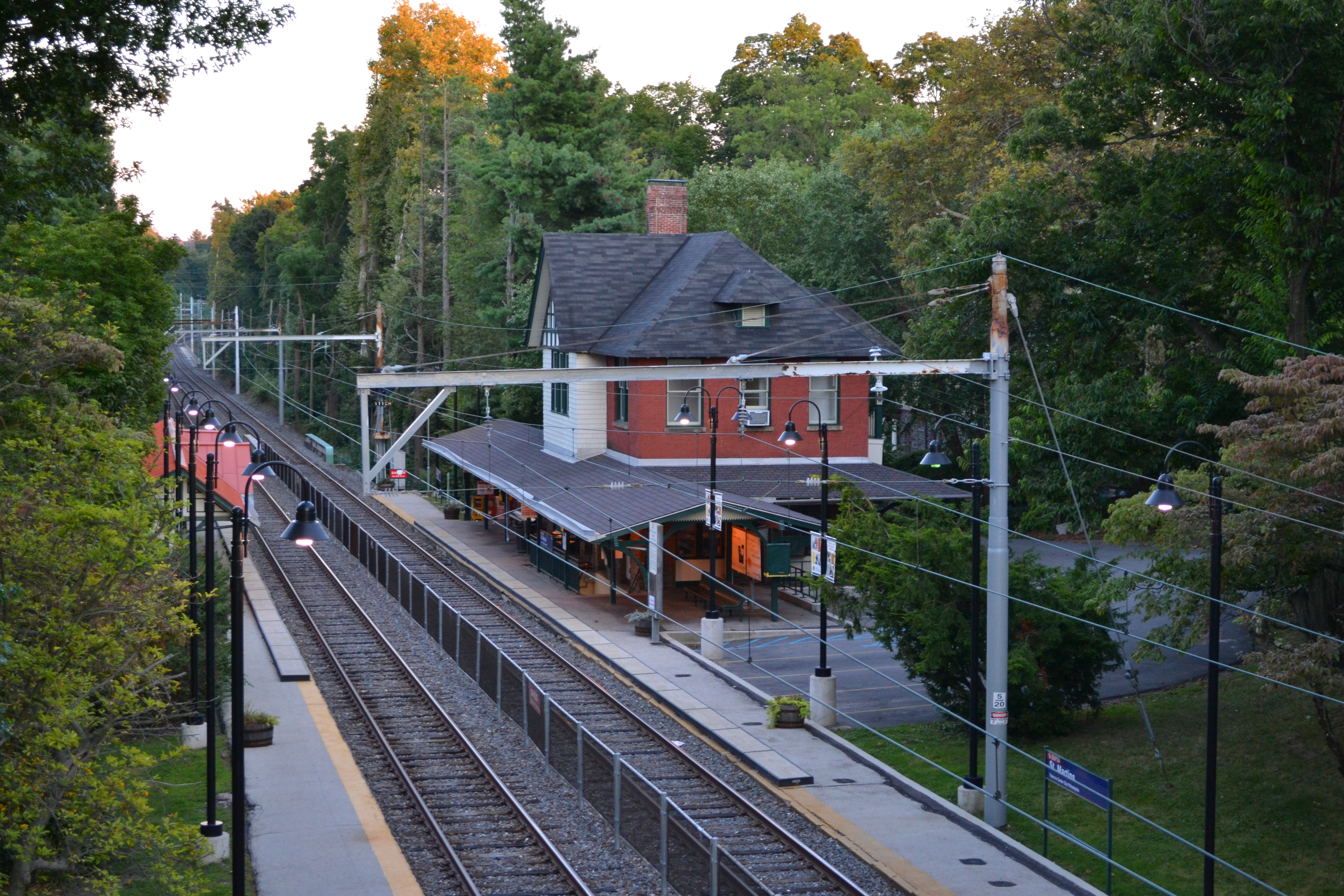Act 89 improves fate of transit projects banished to the “unfunded list”

For the first time in at least six years, the Pennsylvania Transportation Improvement Program (TIP) does not have an “illustrative unfunded list.” Instead, thanks to the passage of Act 89, the recent state transportation funding legislation, the region will see an additional $1.2 billion for transportation improvements over the next four years.
The TIP is a federally mandated document that the Delaware Valley Regional Planning Commission (DVRPC) maintains. It lists all transportation projects in DVRPC’s five-county Pennsylvania region that will receive federal funding over the next four years and all state capital improvement projects. For projects to advance, they must be included in the TIP.
For years, DVRPC’s Pennsylvania counties have had a backlog of hundreds of millions of dollars worth of transit projects that were on the back burner until funding could be secured. Those were projects that were not expected to receive adequate funding even over a 12-year period. Now, as DVRPC conducts its biannual TIP update, all of those projects have moved forward.
“[Act 89] really helped us start to address a backlog,” said Elizabeth Schoonmaker, manager of the office of capital programs.
Overall funding in the four-year TIP program that DVRPC is finalizing now for fiscal years 2015 – 2018 is about 25 percent higher than the previous TIP. This means long awaited projects like SEPTA’s City Hall/15th Street Station improvement will be able to move forward.
“This is really transformative in that it is a significant investment in the transportation system, and we are in a much better situation than we were six months ago,” said Michael Boyer, manager of the office of long-range planning and economic coordination.
As DVRPC revises the FY 2015 – 2018 Pennsylvania TIP, they are accepting public comments via 215.238.2871 or public_affairs@dvrpc.org until June 30. DVRPC will host a public meeting on June 26th from 4pm to 6pm.
Amending the long-range plan
Though DVRPC’s long-range plan was adopted just last year, the new funding scenario has prompted DVRPC to complete an amendment update. The next 12 years of the 27-year long-range plan will more or less match the next 12 years of TIP planning, but after that, the long-range plan will begin to address some transportation wants in addition to the infrastructure needs.
When DVRPC released the long-range plan last year, “We were in a pretty big hole,” Boyer said.
When it came to the region’s roadways, the long-range plan was only able to address 39 percent of the need. For the region’s transit systems (SEPTA and Pottstown Urban Transit), the long-range plan was only able to address about one-third of the need. Now, the updated long-range plan allocates funding for about 50 percent of both the roadway and transit needs. The region has about $34 billion worth of bridge needs. Before Act 89, only 34 percent of those needs would have been met. Now, the region can meet about 38 percent of bridge needs, and an additional $2.8 billion will be dedicated to pavement projects. That will help meet about 62 percent of the region’s pavement needs.
SEPTA also fares well in the new long-range plan. Before, the plan set out to meet about 34 percent of SEPTA’s vehicle needs. Now, with an additional $3.1 billion over the life of the plan, the long-range plan will address 61 percent of SEPTA’s vehicle needs. Over the life of the plan, SEPTA will receive funding for new locomotives, bi-level coaches, Silverliner VIs, trolleys and the rehab of the Broad Street Line cars. Stations will receive an additional $1 billion, and 54 percent of station needs will be met – up from 35 percent.
DVRPC has also identified two transit system expansion projects that will advance earlier than previously expected. Those projects are the Media-Elwyn Line extension to Wawa, Pa. and the King of Prussia spur off of the Norristown High Speed Line.
“We’re celebrating this,” Boyer said. “It’s great. It doesn’t get us all the way there, but because of the life cycle of things, you’ll never quite be all the way there.”
“What we’ve seen is a pretty significant move of the needle toward what we need to repair,” he said.
Public comment for the amended long-range plan will open June 16 and run through July 18. The public will also be able to comment at DVRPC’s public meeting on June 26.
The next hurdle
The TIP and long-range plan update are great news for Pennsylvania, but New Jersey is in a different situation. Since the boost in funding is from Pennsylvania’s Act 89, Boyer said something still needs to be done in New Jersey.
“The big question is what’s happening at the federal level,” he said.
The Federal Highway Administration’s Highway Trust Fund is expected to run out sometime this summer. In the past, funds have been pulled from the General Fund of the U.S. Treasury to keep the Highway Trust Fund solvent. It is unclear how the trust fund will be kept afloat when it runs out. Boyer said most people expect short-term resolutions that will keep the fund going but eventually make long term planning difficult.
In addition, as project costs have gone up, the gas tax that fuels the Highway Trust Fund has not increased since 1992, and it has since lost about 40 percent of its purchasing power due to inflation.
DVRPC’s nine-county Pennsylvania and New Jersey region is becoming slightly less dependent on federal funding than it was before, and the region may look for higher percentages of local contributions.
WHYY is your source for fact-based, in-depth journalism and information. As a nonprofit organization, we rely on financial support from readers like you. Please give today.




